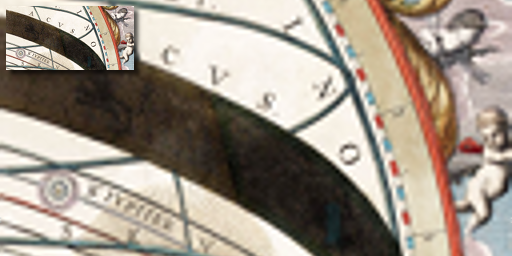Top Qs
Timeline
Chat
Perspective
Mitchell–Netravali filters
From Wikipedia, the free encyclopedia
Remove ads
The Mitchell–Netravali filters or BC-splines are a group of reconstruction filters used primarily in computer graphics, which can be used, for example, for anti-aliasing or for scaling raster graphics. They are also known as bicubic filters in image editing programs because they are bi-dimensional cubic splines.[1][2][3]
Definition

The Mitchell–Netravali filters were designed as part of an investigation into artifacts from reconstruction filters. The filters are piece-wise cubic filters with four-pixel wide supports. After excluding unsuitable filters from this family, such as discontinuous curves, two parameters and remain, through which the Mitchell–Netravali filters can be configured. The filters are defined as follows:
It is possible to construct two-dimensional versions of the Mitchell–Netravali filters by separation. In this case the filters can be replaced by a series of interpolations with the one-dimensional filter. From the color values of the four neighboring pixels , , , the color value is then calculated as follows:
lies between and ; is the distance between and .
Remove ads
Subjective effects
Various artifacts may result from certain choices of parameters B and C, as shown in the following illustration. The researchers recommended values from the family (dashed line) and especially as a satisfactory compromise.[1][4]

Remove ads
Implementations
The following parameters result in well-known cubic splines used in common image editing programs:
Examples
See also
References
Wikiwand - on
Seamless Wikipedia browsing. On steroids.
Remove ads














